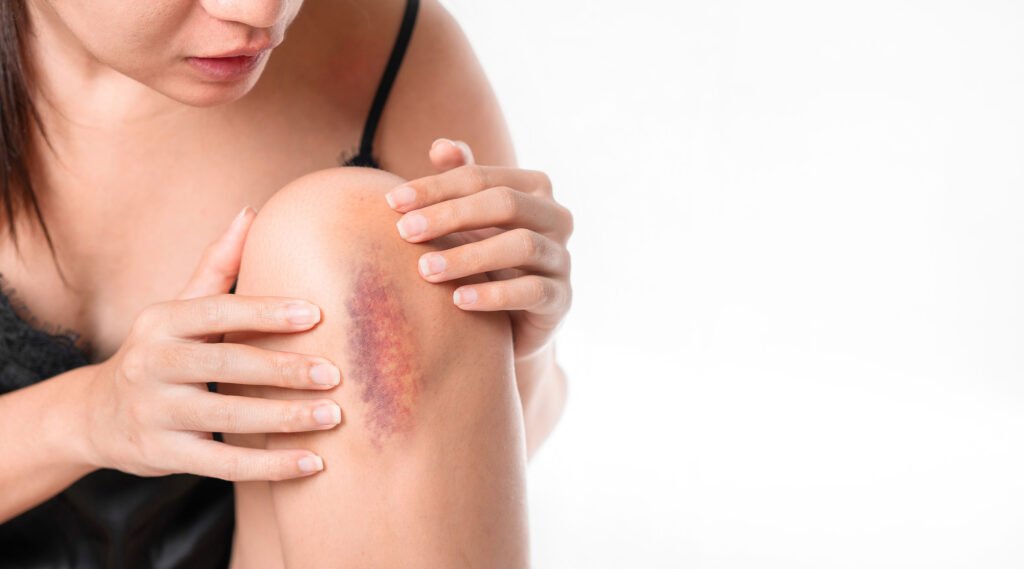How to Care for Skin After a Wound: Prevent Scars
Prevent scars by understanding how they form as a natural part of the wound healing process. Within 2 to 3 days after the skin surface is injured, scar tissue begins to fill the area, closing the wound.
This tissue can continue to develop for weeks or even months.
Scars are often bothersome, both in terms of appearance and comfort. From small scratches and surgical wounds to burns, all have the potential to leave scars if not properly cared for.
The good news is that there are several ways to help the skin heal well, prevent scarring, and manage irritation that may occur.
Scars are considered problematic if they:
- appear purple or red,
- are raised,
- feel hard or itchy,
- limit movement.
Problematic scars are sometimes referred to as hypertrophic scars or keloids.
How to Prevent Scars

Once the wound has closed, skin healing is not yet complete. This stage is called the regeneration phase, where the skin works to form new tissue.
To optimize results, here are some care tips:
- Keep the wound area clean by gently washing with mild soap and clean water.
- Apply moisturizer or a regeneration cream to maintain skin hydration and support tissue repair.
- Protect the area from sun exposure, as UV rays can make scars appear darker.
- Avoid additional trauma to the skin. Each time healing tissue is pulled or stretched, the recovery process can be disrupted, which may result in wider or thicker scars. Try to minimize activities that place excessive pressure on the healing skin.
Tips for Managing Scar Irritation

Scars often cause itching, stinging, or redness. These symptoms can be uncomfortable and interfere with daily activities.
Some simple remedies include:
- Apply a cold compress to reduce itching or stinging in the scarred area.
- Use scar gels or creams formulated to soothe the skin and improve texture.
- Avoid scratching the scar, as this may worsen irritation and trigger infection.
- If irritation does not improve, consult a healthcare professional for further treatment.
With proper care from the start, the skin can heal faster, the risk of scarring can be minimized, and irritation can be managed effectively.
References
American Academy of Dermatology. Accessed in 2025. Minimize a scar: Proper wound care tips from dermatologists.
National Library of Medicine. Accessed in 2025. Scar Symptoms: Pruritus and Pain
Occupational Therapy. Accessed in 2025. Scar Management.






